Dilophosaurus
Name Origin
Two-Crested Lizard
Family
Dilophosauridae
Classification
Diapsida, Saurischia, Theropoda
Habitat (Discovery Location)
United States, China
Period
Approximately 190 million years ago (Early Jurassic)
Length
Approximately 5 to 7 meters
Weight
400 kilograms
Diet
Carnivore (Meat-eater)
 Jurassic
Jurassic
Park / World Featured Dinosaur
Appearance in Jurassic Park
This dinosaur left a lasting impression on audiences in the Jurassic Park series due to its unique and fictionalized biology. In its debut film, bold cinematic interpretations were added that differ significantly from the actual fossil record.
The most iconic feature of the film's Dilophosaurus is its expandable neck frill, reminiscent of a frilled-neck lizard. The sight of it spreading this frill as an intimidation display left a strong impression on the audience. However, no evidence for this frill has ever been found in the actual fossil record; it is a purely cinematic creation. This fictional trait became so famous that Dilophosaurus (and characters based on it) are often designed with a frill in subsequent media.
Just as famous as the frill is its ability to spit venom. In the film, it is nicknamed the "Spitter" and secretes a black, viscous venom from glands in its mouth. This venom is portrayed as being powerful enough to cause blindness if not treated immediately with an antivenom, and its terrifying nature was fully demonstrated in the scene where it attacks Dennis Nedry. Like the frill, this venom-spitting ability is a complete fabrication with no basis in the fossil record.
The background for this creative decision relates to a paleontological debate taking place at the time. When the original novel was being written, there was an ongoing debate about how Dilophosaurus could have captured prey, given that its jaw was perceived as surprisingly weak and fragile. The author, Michael Crichton, cleverly utilized this mystery, creating the Dilophosaurus's fictional biology based on the hypothesis that "even with a weak jaw, it could hunt effectively if it had venom."
Furthermore, its physical size was drastically altered for the film. The individual in the film is depicted as quite small, only about two meters long, leading to speculation that it may have been a juvenile. This was the exact opposite directorial choice made for the Velociraptor (which was scaled up to be more terrifying), making the Dilophosaurus one of the most heavily fictionalized dinosaurs in the film.
Despite its brief screen time, the visual impact of the Dilophosaurus spreading its frill and spitting venom was immense. Even though it has barely appeared in subsequent films, the image established in Jurassic Park had a definitive influence on the Dilophosaurus's portrayal in pop culture, including games and animation, cementing this fictional version in the public consciousness.Appearance in The Lost World: Jurassic Park
It never appeared as a living creature.
However, its existence is implied in the film. A scene is visible where Dilophosaurus data is displayed on the onboard monitor of the trailer used by the survey team.
Apparently, during the early planning stages, there were plans to feature Dilophosaurus in the main film. As proof, a small amount of concept art remains, in which its proposed design can be seen.Appearance in Jurassic World
In Jurassic World, the Dilophosaurus appears in indirect ways rather than as a living animal. Although it is not on the park's official species list, its name and image can be seen on the holographic dinosaur display in the Innovation Center. Additionally, the instructional video for the "Gyrosphere" attraction features a scene where the narrator mentions the species and its characteristic "venom" (at which point the narrator collapses, having apparently just realized the venom is real).
The Dilophosaurus's most significant "appearance" is during the film's climax. When Gray is cornered by the Velociraptor "Delta," he cleverly activates a holographic Dilophosaurus display. The hologram appears in the darkness and performs a threat display, which momentarily confuses Delta, allowing the group to make their escape.
Of the dinosaurs featured in the original Jurassic Park, the Dilophosaurus was the only one that did not return for the sequels (The Lost World or JPIII). Its biological traits, such as the frill and venom, were highly fictionalized. Because of this, and with modern advances in paleontology, many fans believed it would never appear in the series again.
Therefore, its unexpected return in the form of a hologram was a major surprise for audiences at the time, leaving a strong impression as a memorable homage to the first film.Appearance in Jurassic World: Fallen Kingdom
While it only appeared as a hologram in the previous film, Jurassic World, a "real (living)" individual finally makes an appearance in this movie.
It appears in the opening sequence on Isla Nublar after the park's collapse, during the scene where the Lockwood Foundation's mercenaries are searching for and retrieving the bones of the Indominus rex from the lagoon.
The Dilophosaurus was lurking in the nearby jungle, but its screen time was extremely brief. Immediately after revealing itself with its characteristic chirping sound, it was startled by the roar of the Tyrannosaurus (Rexy) appearing from behind and fled without a fight.
Although there were no scenes depicting its removal from the island or its transport on the ship, its name was listed on the catalog for the dinosaur auction held at the Lockwood Estate. This suggests it was successfully captured and "rescued" from the island.
While its appearance as a living creature was fleeting, it appears indirectly in several other scenes.
Lockwood Estate
A display (statue/diorama) of this species can be seen inside the manor.
Final Scene
Near the end of the story, the name Dilophosaurus can be seen inside the case of embryos that is carried away.
As you can see, if you observe closely, its presence is felt in the finer details of this film.Appearance in Jurassic World: Dominion
For the first time since the original Jurassic Park, the Dilophosaurus makes a full-scale return as a living creature—a comeback 29 years in the making. While its appearances in the fourth and fifth films were limited to cameos as holograms or models, this film depicts a population inhabiting the Biosyn Sanctuary as a genuine threat.
It is unclear whether the individuals featured here are descendants of the 1993 Isla Nublar population or were newly created by Biosyn.
Their appearance shows slight changes compared to the individuals from 29 years ago; their body color is gray with significantly different patterns, and the markings on their frills are slightly fainter. However, the series' iconic characteristics—the distinctive frill, small stature, and venom-spitting ability—remain intact.
In the film, they attack Claire after she crash-lands in the Biosyn Sanctuary. Just as one spreads its frill and attempts to blind and devour her with venom, Owen appears from the side, grabbing it by the throat. Together with Kayla's assistance, they manage to repel it.
The depiction of a human physically choking and holding shut the jaws of a dinosaur suggests that the series continues to uphold the lore that Dilophosaurus has "weak jaws"—the very biological trait that originally inspired the creative decision to give them venom.
At the end of the story, three Dilophosaurus invade the underground "Hyperloop" transport system and attack the film's antagonist, Lewis Dodgson, who is attempting to flee after his plans collapse.
His pleas for mercy fall on deaf ears. Just as they did to the man he once used as a spy (Dennis Nedry), they blind him with venom before tearing him apart together, bringing a sense of poetic justice to the events that began in the first film.
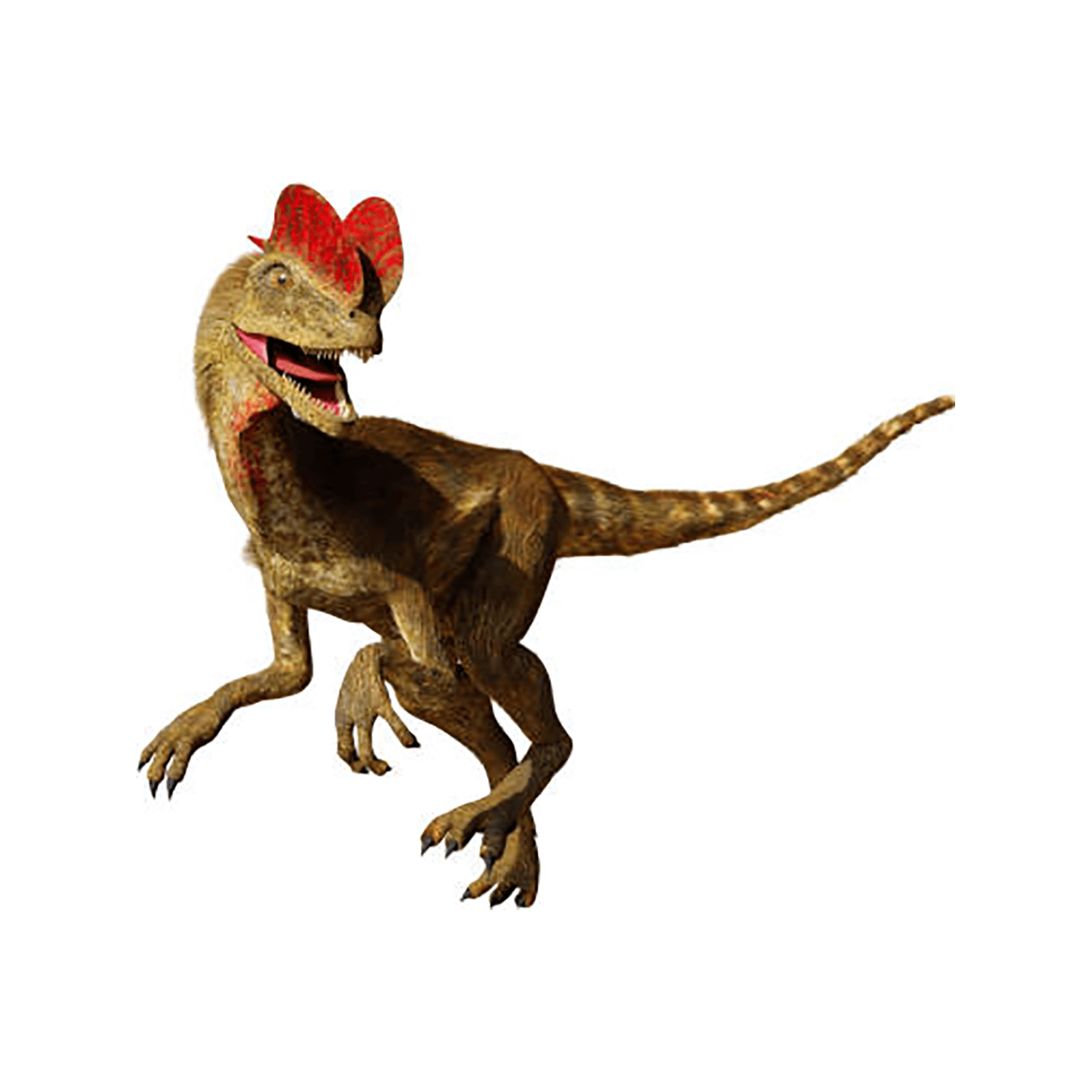
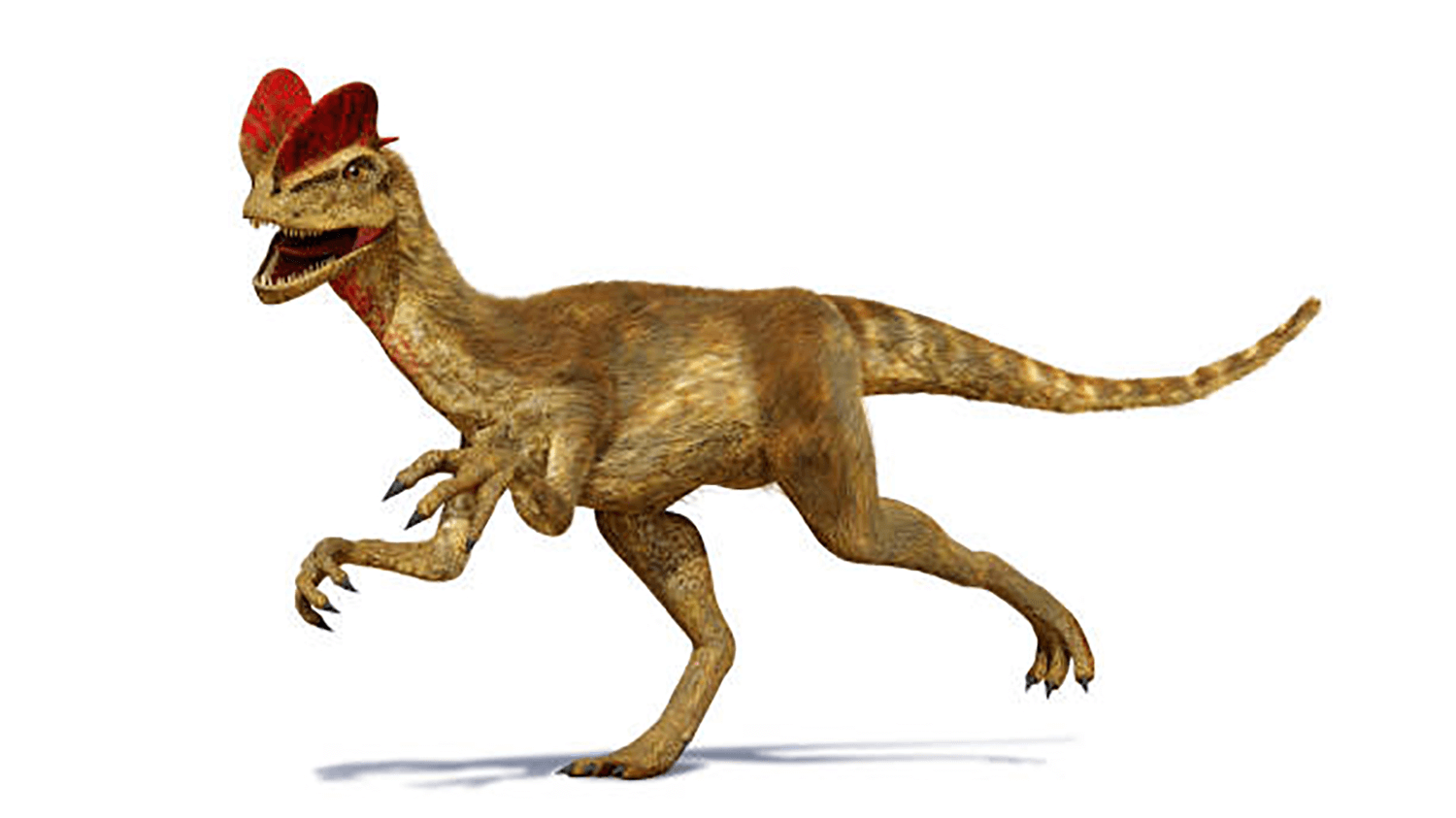
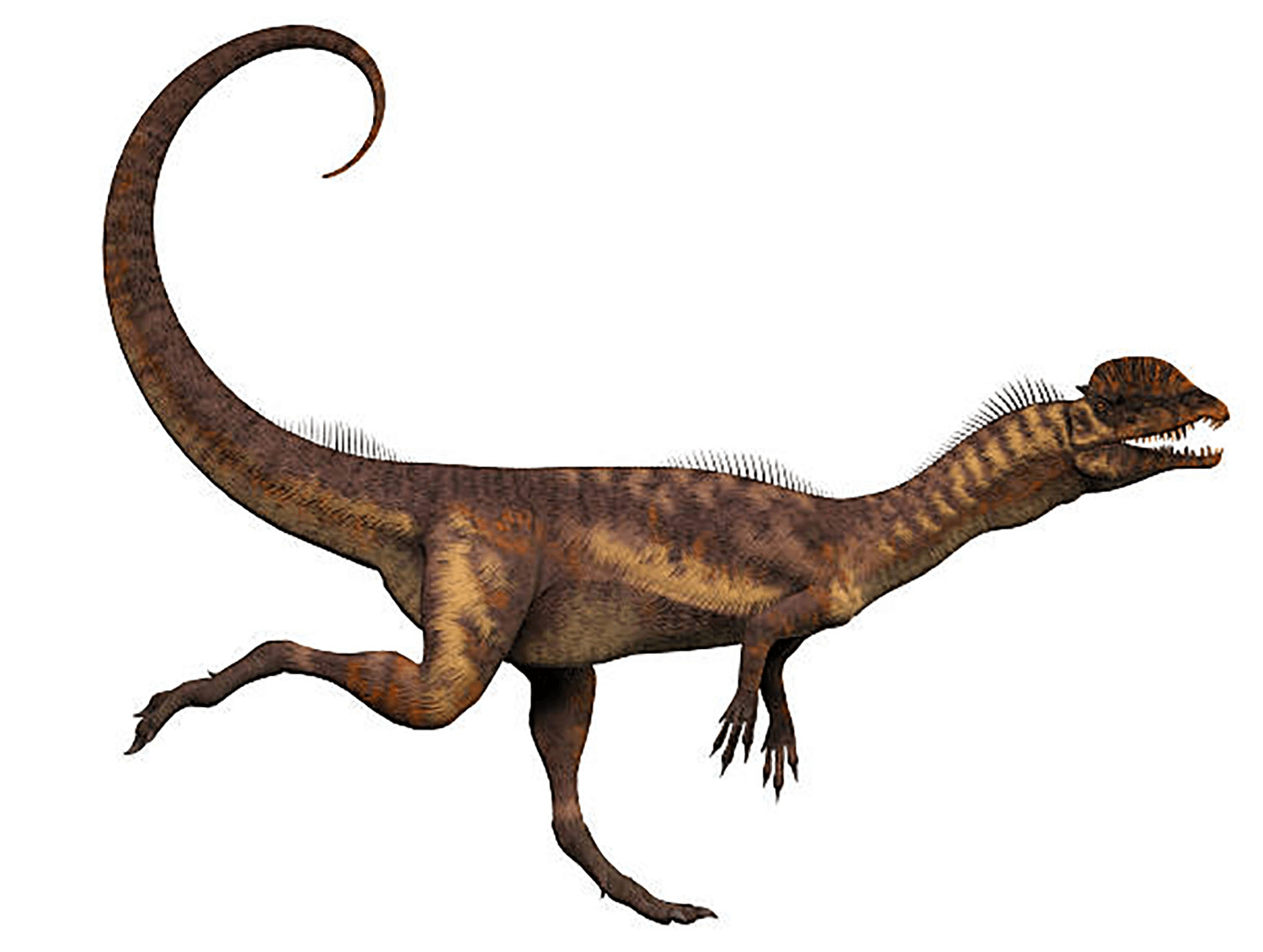
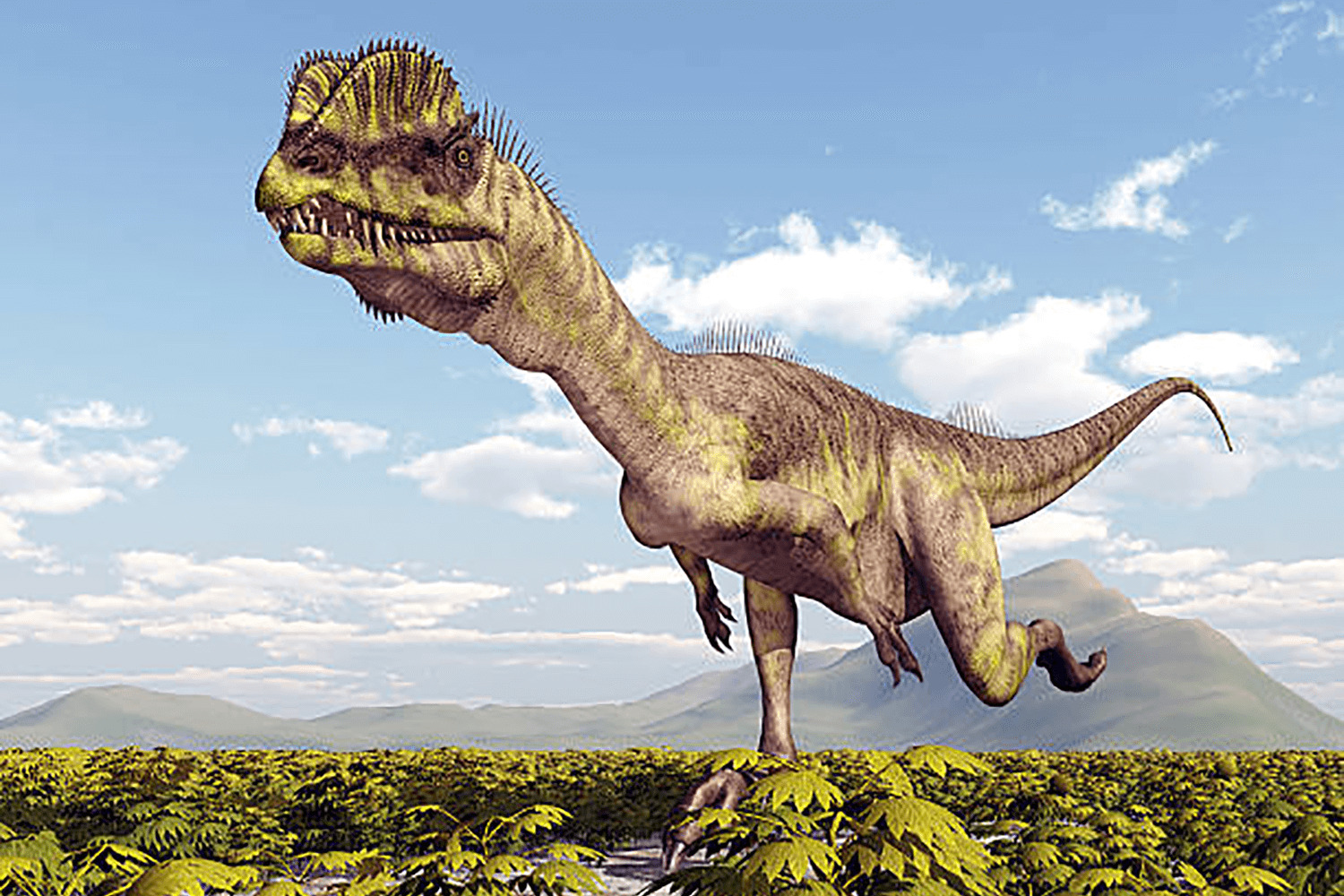
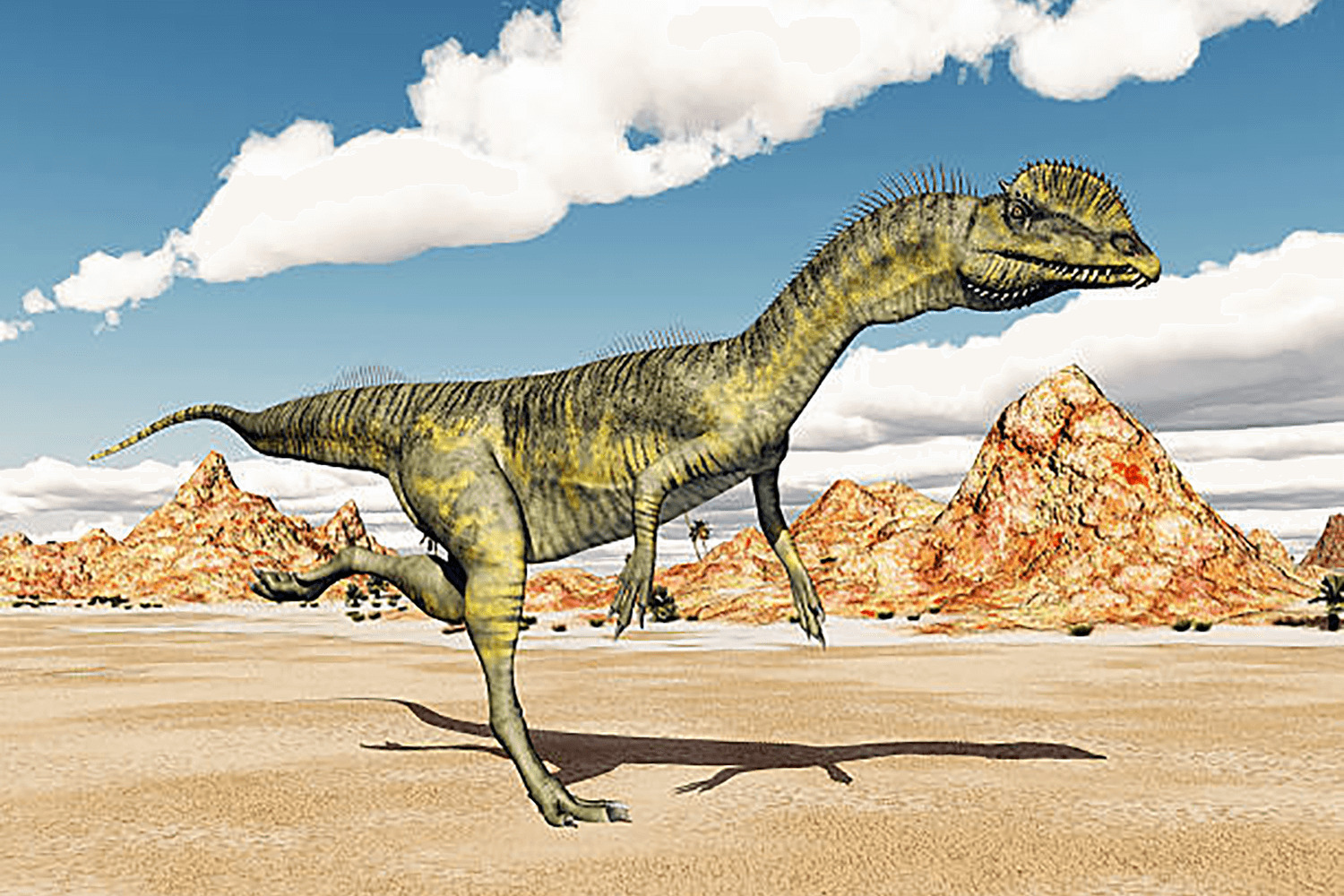
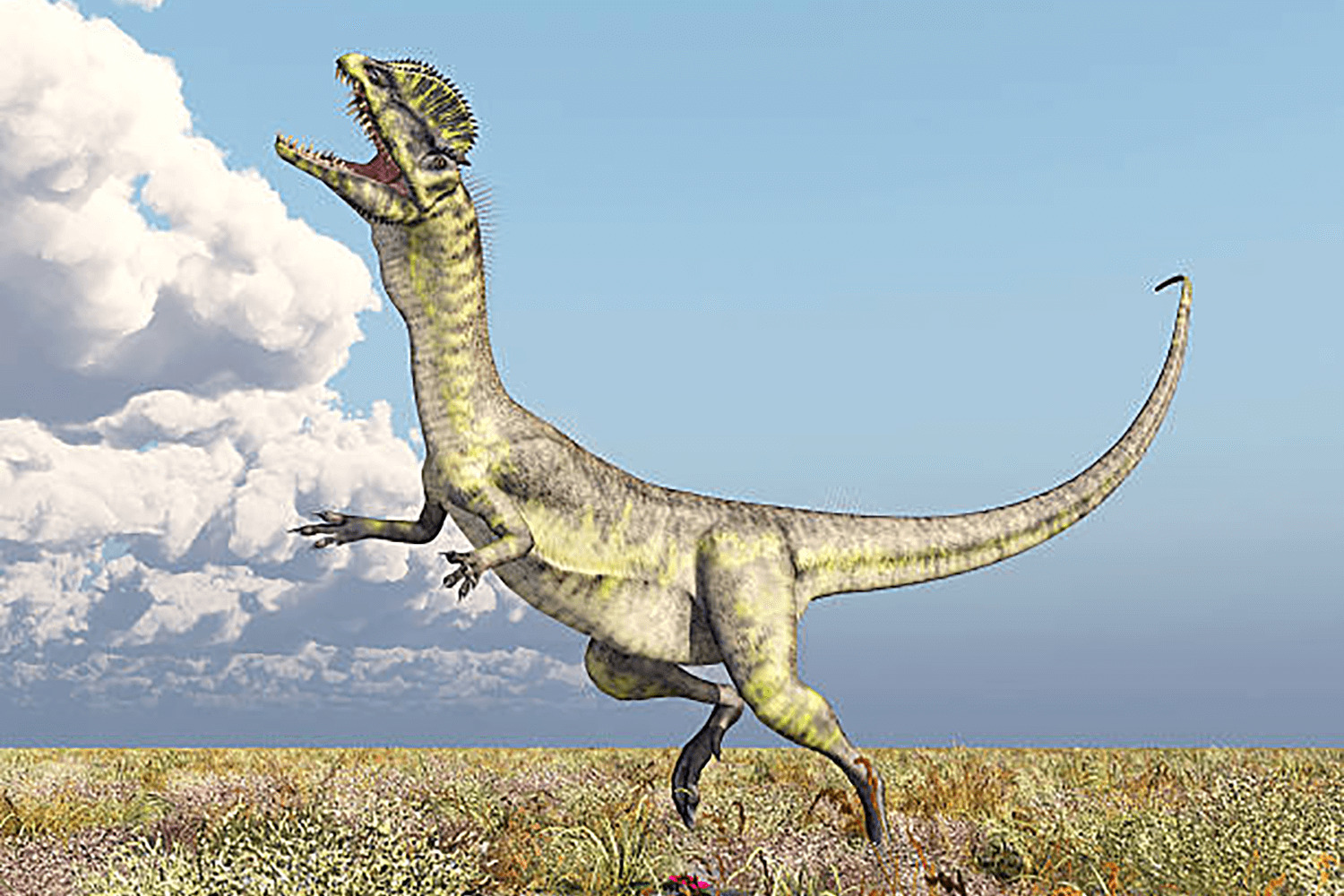


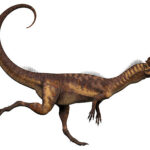
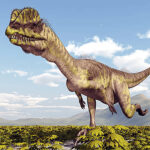
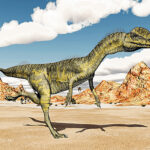

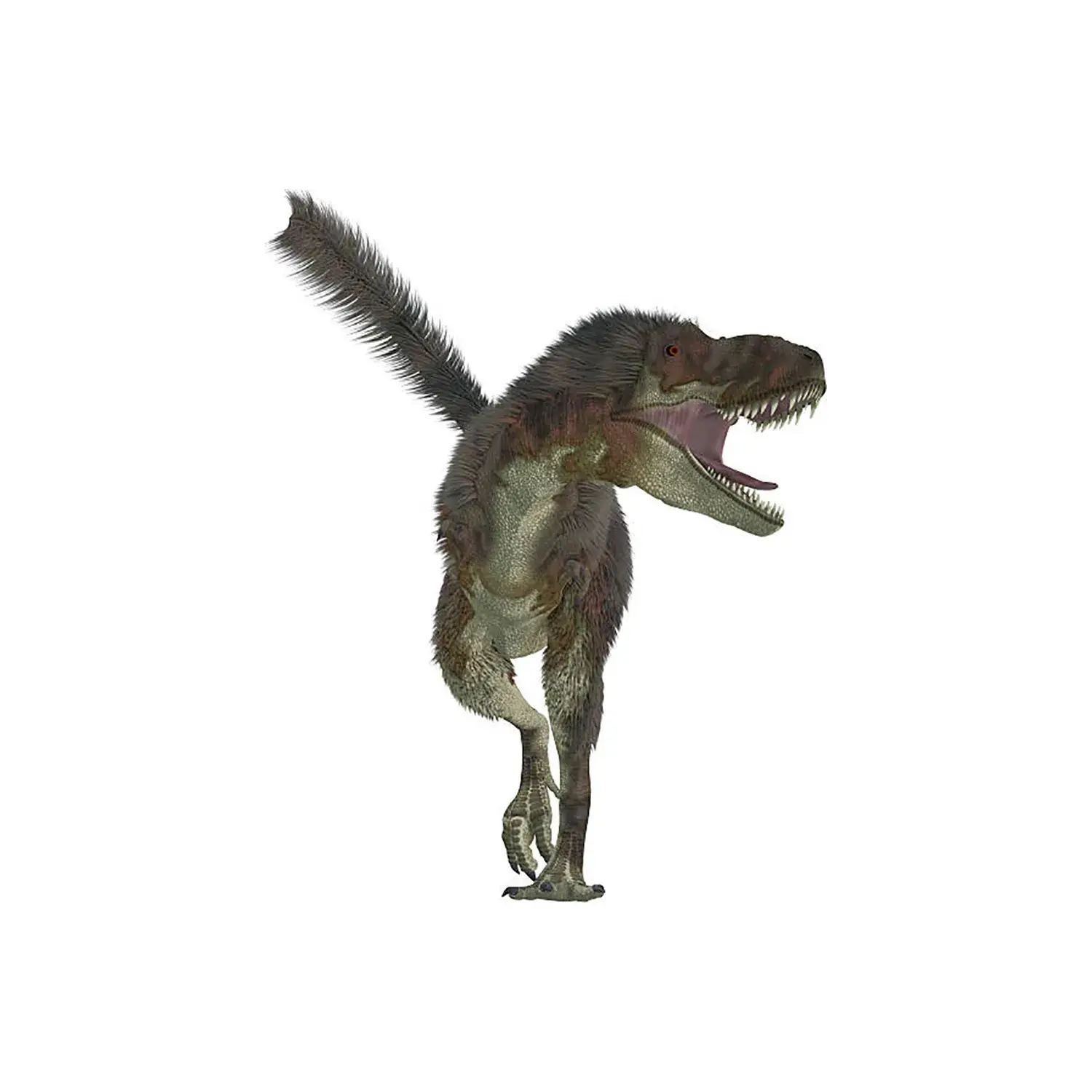

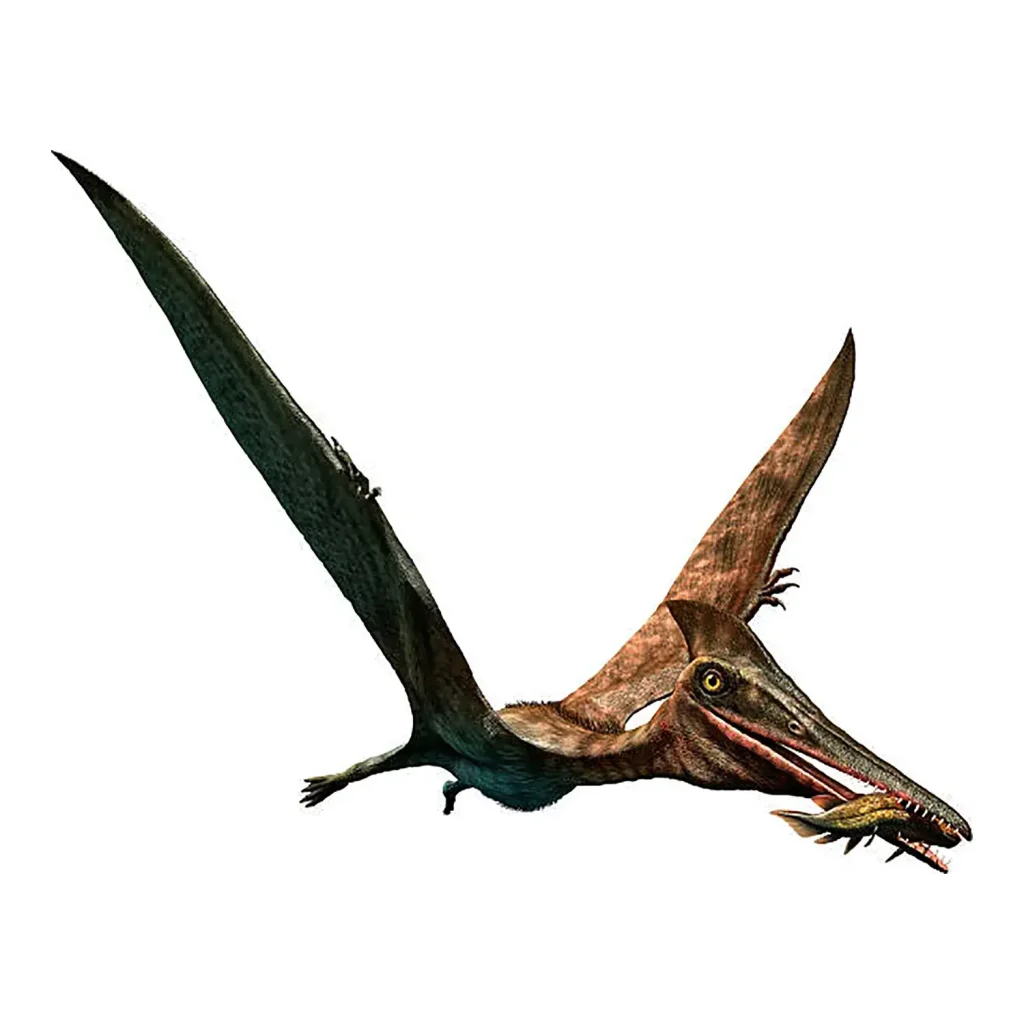
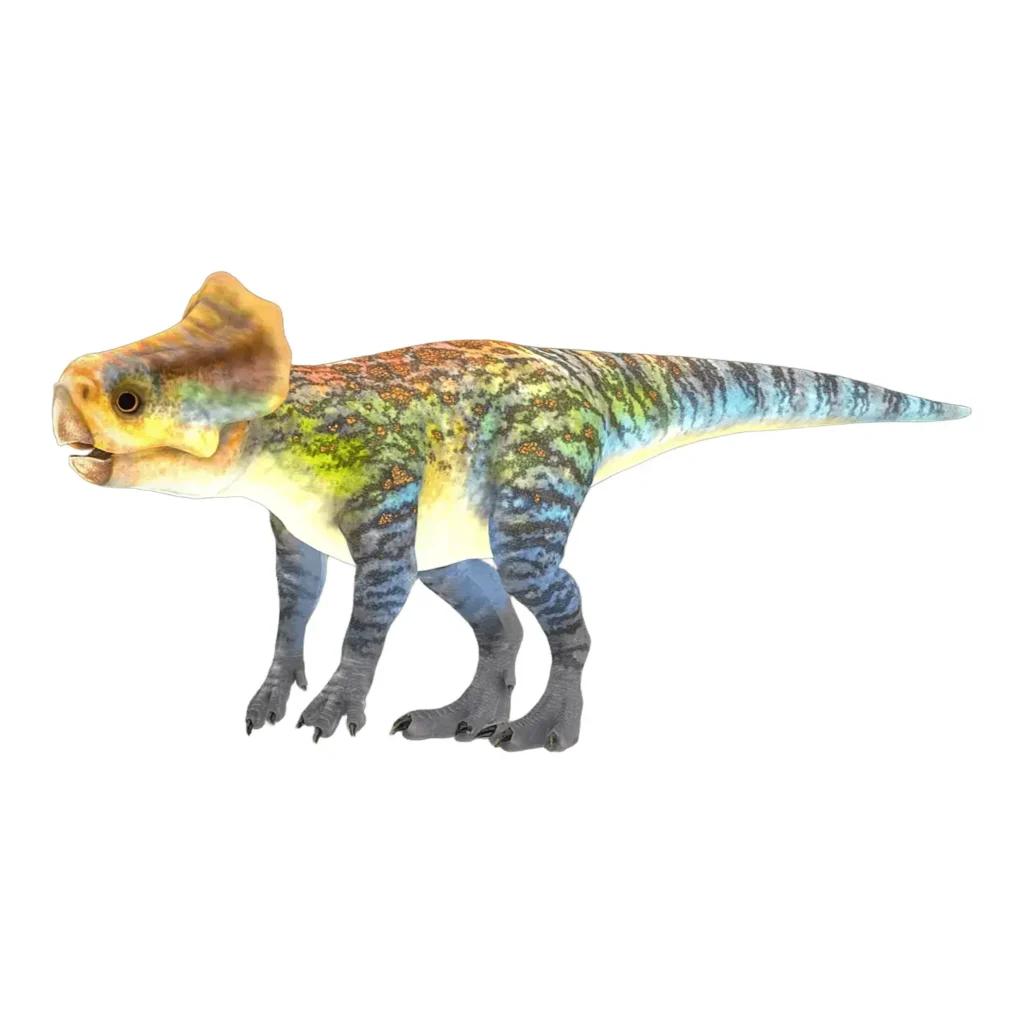
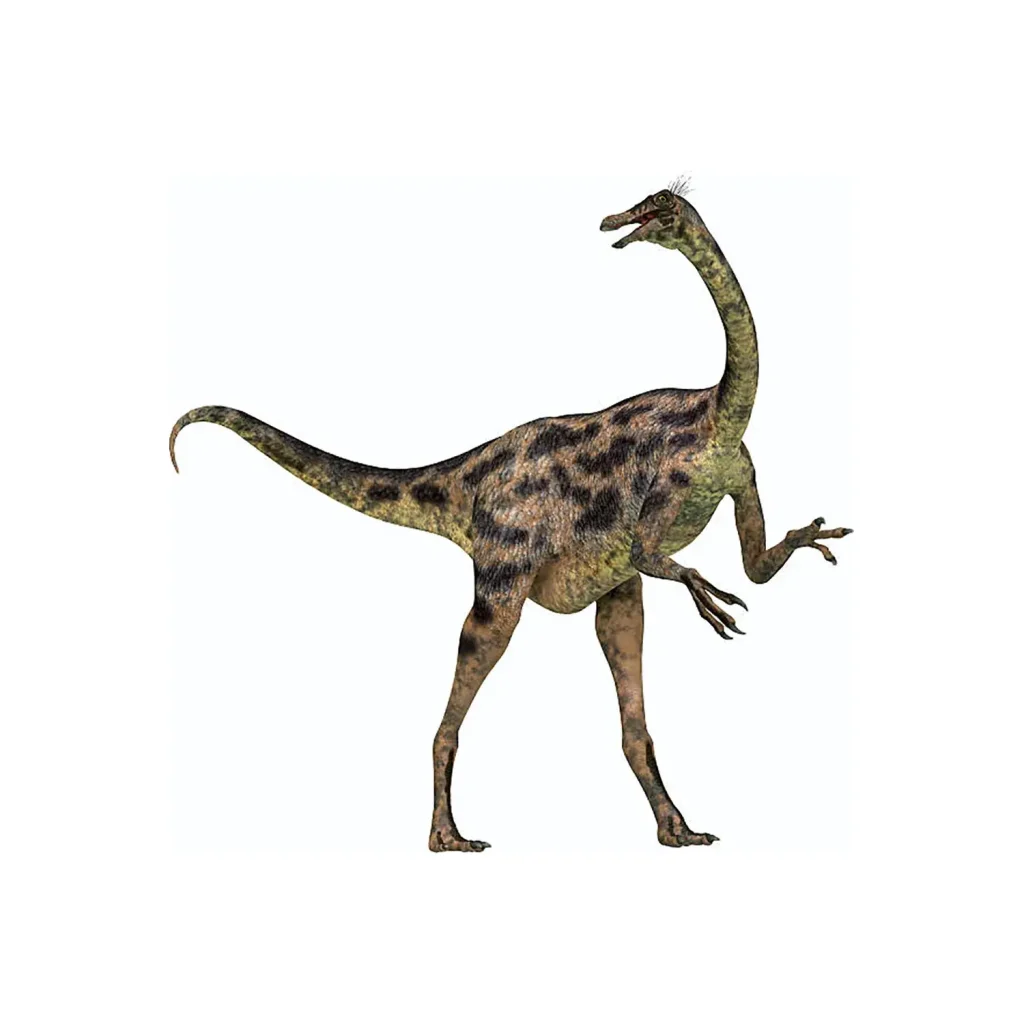

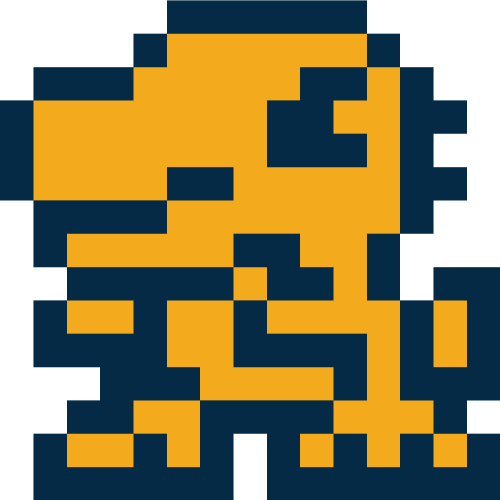
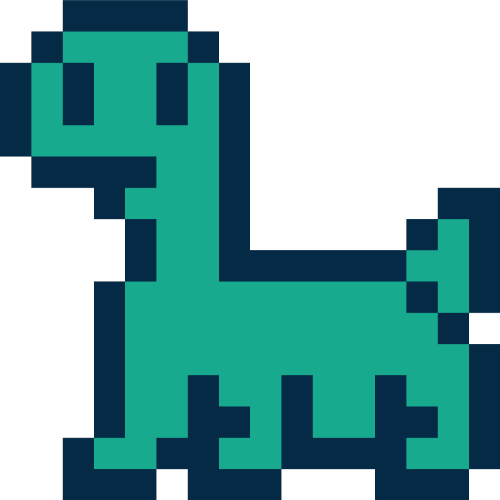
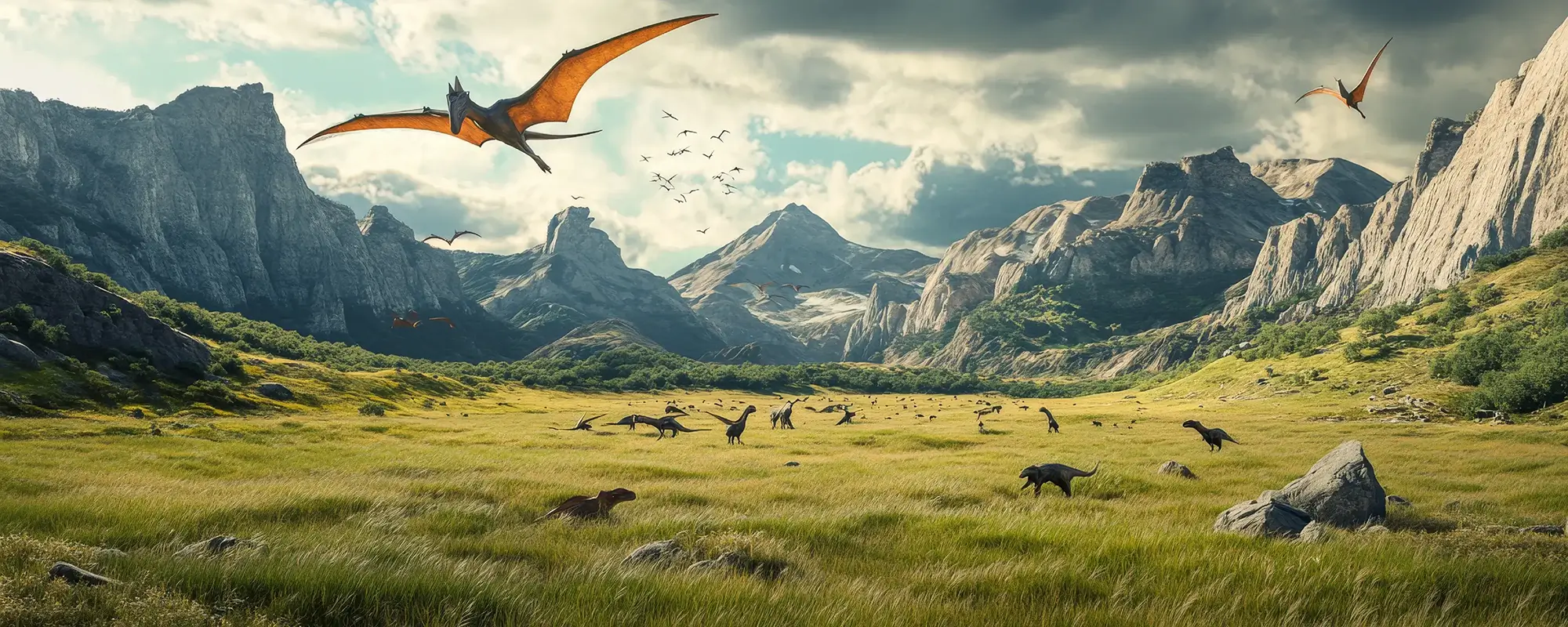




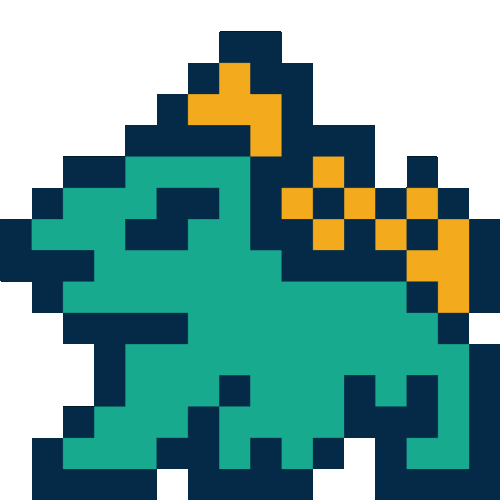


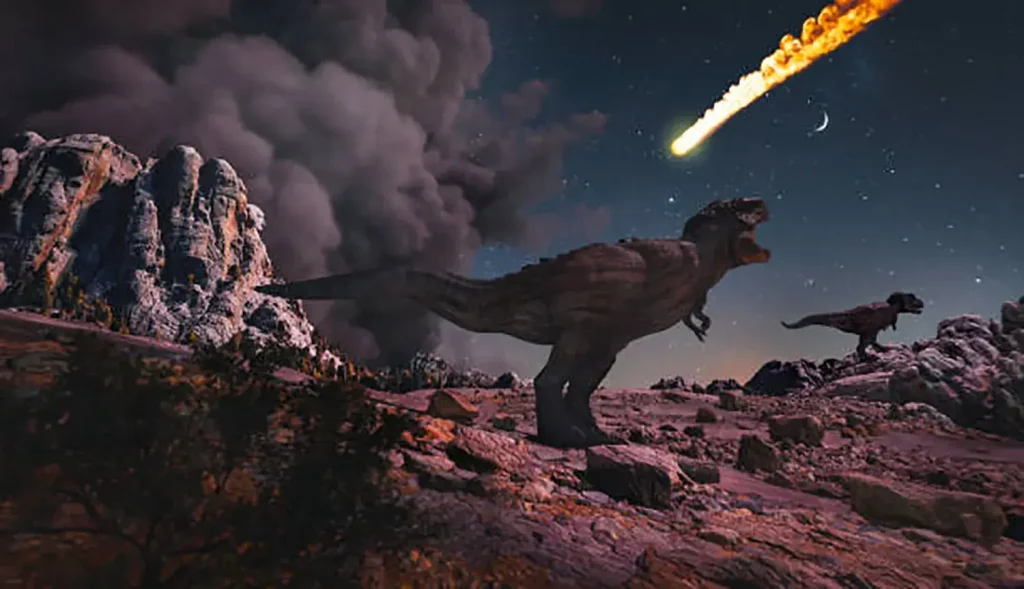
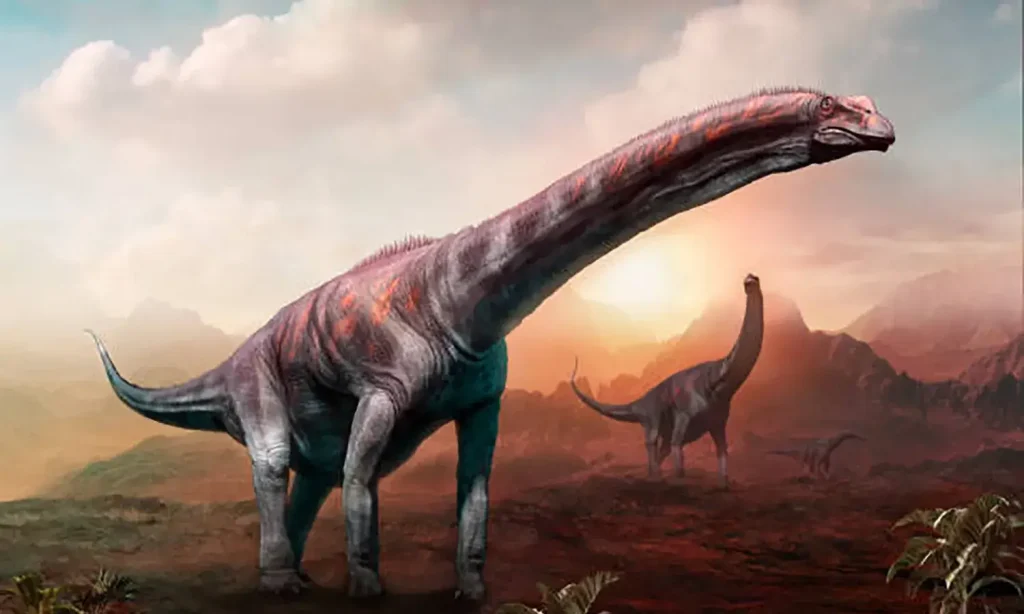
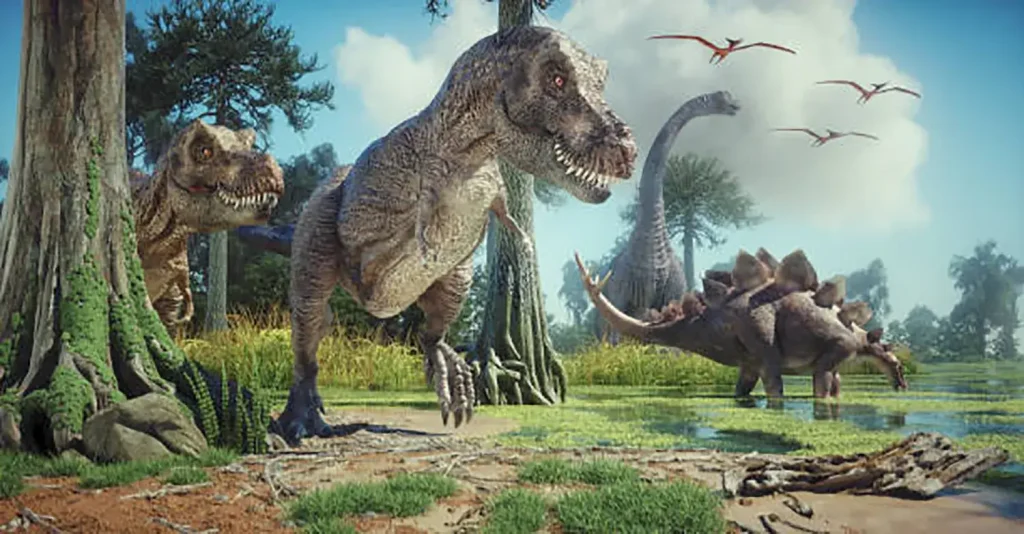
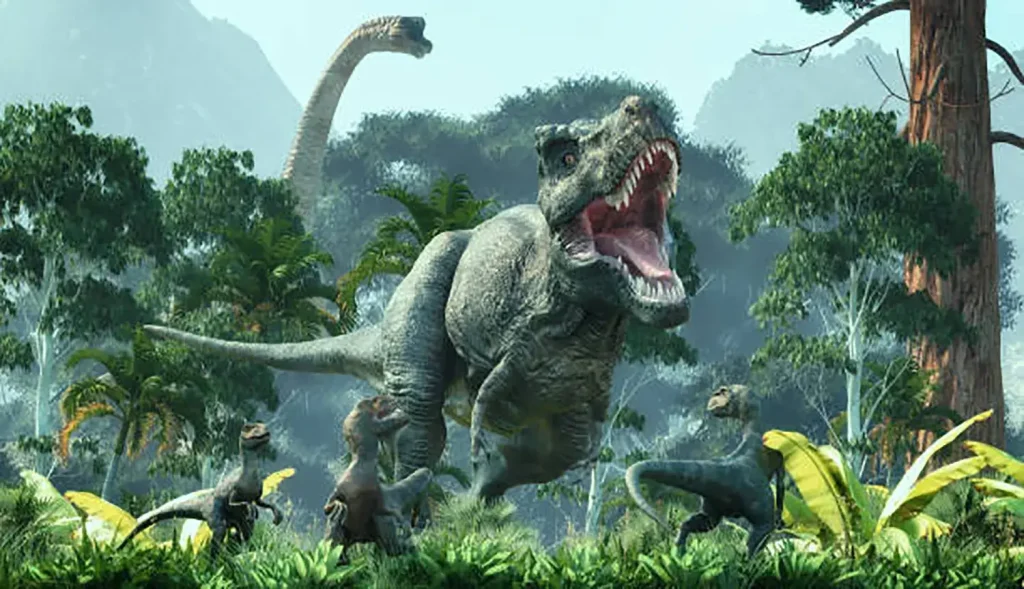
Description
Dilophosaurus was a medium-sized carnivorous dinosaur that lived in North America during the Early Jurassic period.
Its name means “two-crested lizard,” which is derived from the two half-moon-shaped crests on its head.
While it was smaller than the later-thriving Allosaurus, its lightweight body is believed to have made it the fastest runner among the animals of its time.
It was able to run faster than any other animal of its time.
The Surprising Ecology, Different from the Movies
In the movie Jurassic Park, Dilophosaurus was portrayed as a venom-spitting dinosaur, but no evidence of this has ever been found.
Dilophosaurus was about 5 to 7 meters long and slightly taller than a human, which made it one of the largest carnivorous dinosaurs of the Early Jurassic period.
Despite its slender build, it was a typical theropod, with a mouth full of sharp, thin teeth and sharp claws on its forelimbs.
Its teeth were well-suited for slicing soft meat, and it has been suggested that it may have been a scavenger.
Furthermore, because its upper jaw curved like a hook, it is also believed to have played a role in holding open space when it put its head into an animal’s carcass to eat its internal organs.
The Mysterious Role of the Crests
The two crests that are the trademark of Dilophosaurus were made of bone but were as thin as paper and very fragile, making them unsuitable as weapons.
There are various theories about their role, but the most plausible ones suggest they were used for display among their own kind or as a marker to distinguish them from other species.
It is also known that they had air sacs, so it is possible that they inflated them to intimidate enemies or send signals to other Dilophosaurus.
They may have also served as a “visor” to protect their eyes from strong sunlight.
The Mysterious Role of the Crests
Vast Habitat and Clues to Evolution
The first Dilophosaurus fossil was discovered in Arizona, USA, but a very similar fossil was later found in China.
While the Chinese fossil has now been classified as a separate genus called Sinosaurus, this fact suggests that Dilophosaurus lived in a wide range of areas during a time when the supercontinent Pangea had not yet fully split.
Footprint fossils have also been found in places like Italy, which further suggests that they had a wide habitat around the world.